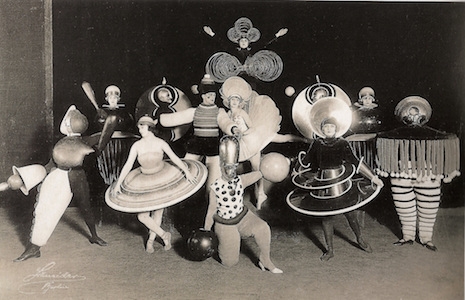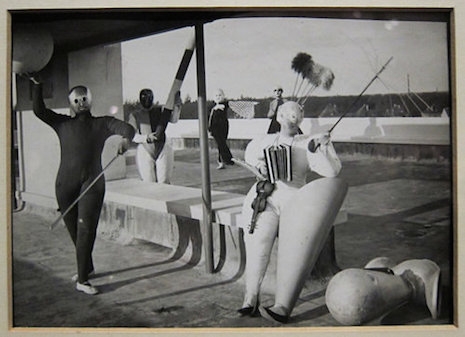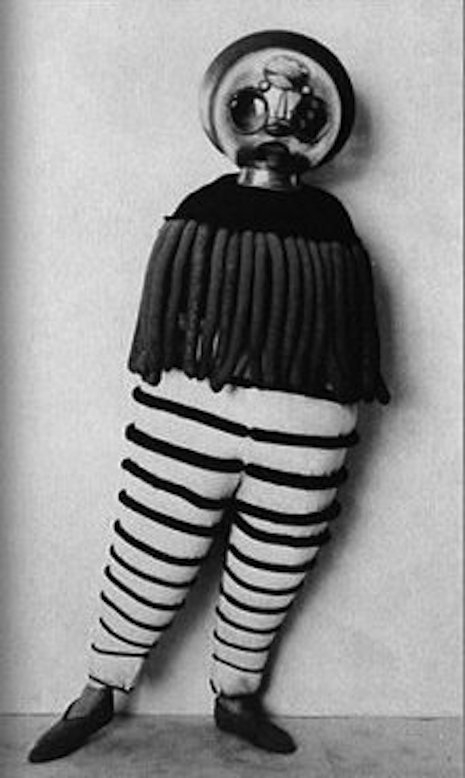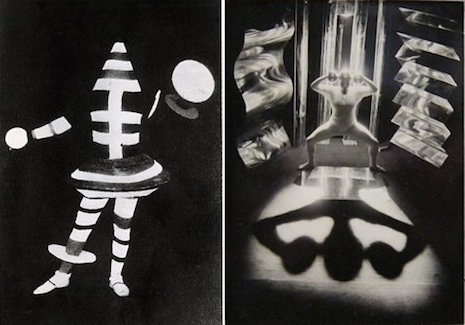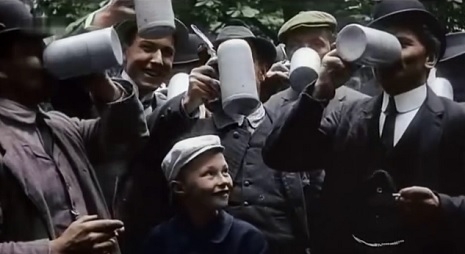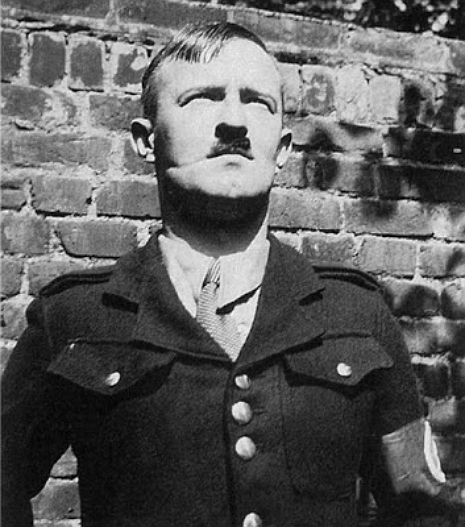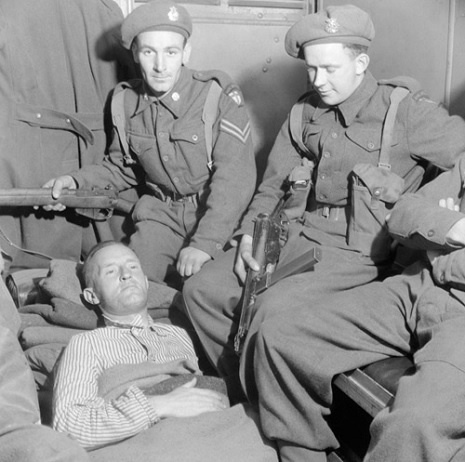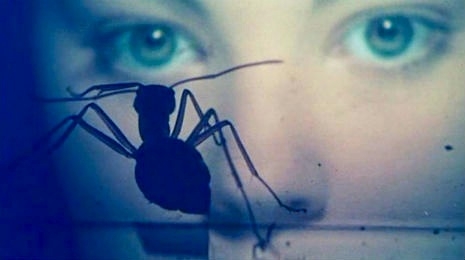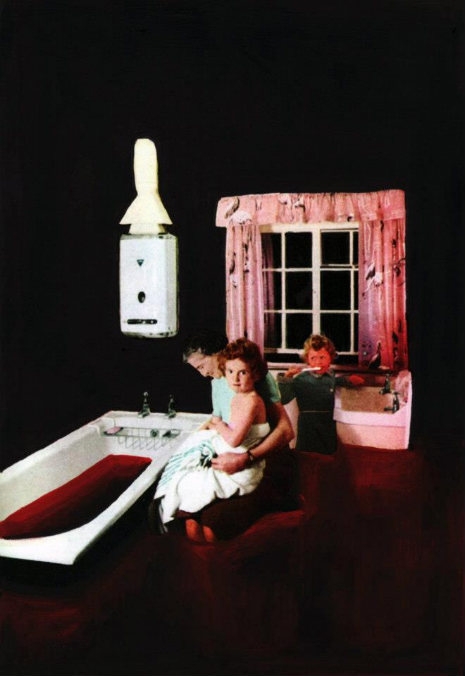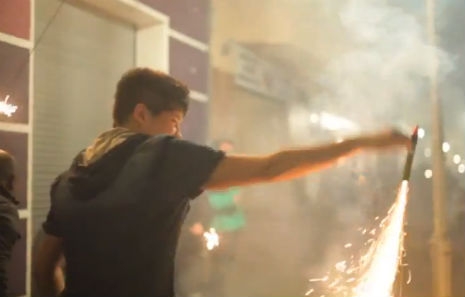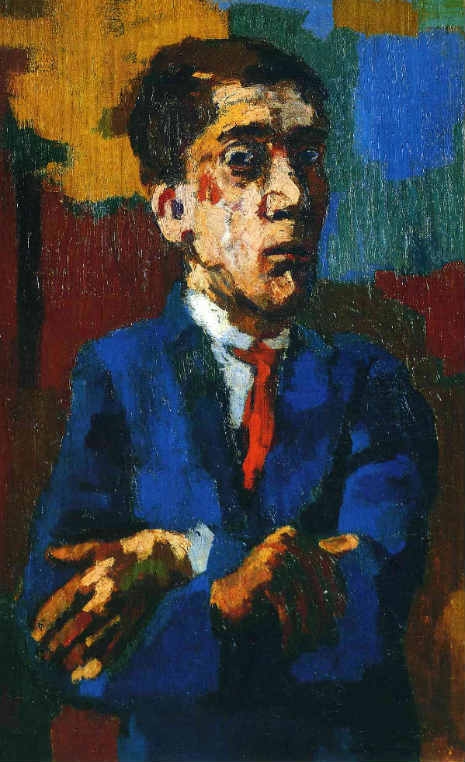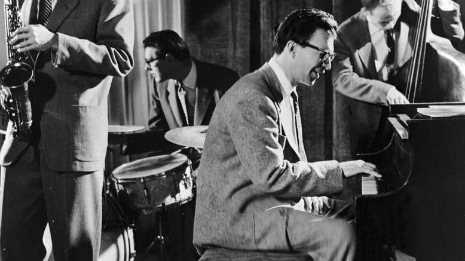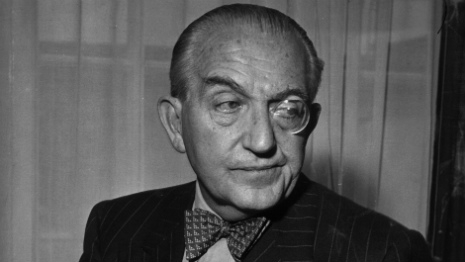
When the artist Sig Waller was a child, she experienced intense fever hallucinations. It possibly explains something about her paintings, which are beautiful, brightly colored, fluid, dreamlike, visions of reality. I find her work addictive, and am drawn back, time and again to certain paintings - paintings which seem as if she has made real some fragment of my dreams.
Waller’s first major exhibition was in 1996, and since then she has exhibited her paintings across the world. Her work is fabulous, intense, politicized yet often darkly amusing. There is a great intelligence at work here, which can be seen in such varied series as: Dreamlands (1999-2001) a series of channel-hopping images taken form television; Hotel Romantica (2002), sensuous paintings based on a pack of nude playing cards, which was stowed away on the Apollo 12 spacecraft during its November 1969 voyage to the moon; All That Is Solid Melts Into Air (2011) a series of paintings examining different forms of protest; which ties in with Burning Desire (2102) a series of paintings based on mobile ‘phone photographs of the Tottenham riots in 2011.
Sig (originally “S.I.G.” or “Spectrum is Green” from Captain Scarlett and the Mysterions) Waller divides her time between Brighton and Berlin, and is about to start an artist’s residency in Italy. I contacted Sig to find out more about her life, her inspiration and her childhood.
Sig Waller: ‘I grew up mainly on the Gower Peninsula near Swansea, Wales. My parents were foreign intellectuals - my father an American historian who dressed like a tramp and my mother an obsessively Francophile, German psychologist. Our house had no TV or telephone; pop music was banned, as were cinema visits. The only contact my sister and I had with popular culture was via comic books and story cassettes sent from Germany. We spent a lot of time at our grandparent’s house in the Saarland and I grew up bi-lingual with my mother’s French-influenced regional dialect as my first language.
‘My mother was horrified by life in South Wales and tried to create her own “Little Germany” within the walls of our house. This resulted in me reading Gothic tales in old German script dressed in Bavarian costume while my classmates wore t-shirts and watched Top of the Pops.
‘When I was 8 there was a period when I experienced some quite intense fever hallucinations. At the same time, I had Hauff’s dark tales swirling around in my head and this came to form the root of my fascination with the macabre and the grotesque. Stories such as “The Tale of the Hacked-off Hand” or “The Tale of the Ghost Ship” are still with me today.
‘One of my most formative childhood experiences was that of alienation. If a kid is different, the other kids will point and I got used to being pointed at. Later things changed and my parents got hip, dragging us to experimental theater performances and art movies. I remember the day I told them I wanted a record and their dumbfounded reaction. Prior to this, I’d been secretly listening to music on a small transistor radio in bed. Surprisingly, my mother entered into the spirit of things and started buying Brian Eno records and taking us to the ICA. At around this time I began to dye my hair and decided that it was okay to be different.
‘When I was little I wanted to be a clown or an artist. I loved Charlie Chaplin and Laurel and Hardy and was fascinated by the idea of the circus but as I was also quiet and shy I must have decided that art was the better option. I spent hours studying reproductions of paintings and imagining my future life as an artist. I didn’t think I was very good at drawing but held onto my fantasy and at around age 13 something strange happened and suddenly I could draw. I then spent most of my adolescence listening to obscure music, drawing and nurturing my teenage melancholia.
‘My first truly artistic (and coincidentally also comic) act took place in the baby cot, where I – left unattended – picked up one of my baby-poos and using it as a colouring stick, expressively daubed at the bars of my confinement. This event has been recounted to me on many occasions, usually in the presence of a new boyfriend, so it must be true.
Paul Gallagher: Tell me about Art College?
Sig Waller: ‘I was barely 18 when I moved to London to study Art and Art History at Goldsmiths. Back then the art college was at the Millard building in Camberwell and that place had an incredible atmosphere. I remember one afternoon, a guy came into the bar with a pistol and yelled, ‘Everybody get their hands up,’ and everyone just ignored him, it was that kind of place. People were generally too busy polishing their egos to notice the guy with the gun.
‘I started going to warehouse and squat parties and halfway through my first year at college I began living in squats. I continued with this life for the next 7 years and this gave rise to my interest in protest and rebellion.
‘While at college I began to paint with oils and use elements of my clothing in my work. I would walk around with slogans pinned to my back and these would eventually make their way into my paintings. One of my jackets became part of a painting too – I wore some very strange outfits; I guess it was a kind of performance I was engaged in, though it was more organic than contrived.
‘After college, I stopped painting and started making hats and other fluffy rubbish and selling these through markets and designer shops. I also did a Photo / Video foundation course, worked on music videos and animation and wrote a few film scripts.’
Paul Gallagher: From college, you moved to berlin, why and what happened?
Sig Waller: ‘I’d been fascinated by Berlin for years, its new wave and industrial music scene excited me and so many things seemed to be happening there. I first went to Berlin in 1989, just after The Wall came down and was there over the New Year, which was an incredibly intense experience. In 1995 my friend Volker Sieben invited me to live in his run down studio complex in Brunnenstrasse in Berlin-Mitte, so I packed my bags and drove there with a car full of fake fur, which I was going to turn into stuff to sell.
‘In 1996, I moved into a place on Reinhardstrasse, which was a stone’s throw away from the Reichstag. A new project space called C4 opened round the corner and in early 1998 I curated Blut & Blumen (Blood and Flowers) there. This marked a turning point for me as I began to revisit my childhood dream of being an artist. Some months later, I had a solo show at the Tacheles and painted my first oil paintings in 10 years.
‘In late 1998 I moved back to Brunnenstrasse, which is where I painted my extensive Dreamlands TV-zapping series which I showed as part of the Z2000 Festival in Berlin and also in New York in 2001. The flat on Brunnenstrasse was documented in a book called Berlin Interiors: East meets West.’
Paul Gallagher: What inspires you?
Sig Waller: ‘Dark things inspire me. And things that make me laugh. I find the combination of dark and funny particularly inspirational but I am also interested in art history and cultural theory; junk and found materials; chance encounters; future studies and science fiction; fairy tales, horror and the paranormal; expressionist cinema, cult movies and television; and obviously books and the internet are an endless source of inspiration, as are conversations with artists and friends…
‘Some of my work may appear to be quite militant, this is because I find a lot of political issues quite infuriating, so in a way my work is also a form of personal anger management and these more radical pieces are an expression of some of that rage.
‘Right now I’m feeling inspired by needle-crafting grandmothers everywhere, by all the people who spend hours making stuff in their living rooms, by my son’s infallible sense of humor, by the encouragement of others and by the many great and wonderful artists I’ve stumbled across over the years whose time has yet to come.
‘I’m also still a fan of Kippenberger, his work resonates to this day and a lot of the art I’ve seen in the past 20 years is simply imitation Kippenberger.
Out of the exhibitions I’ve visited recently, I found the Deller show at the Hayward the most engaging. Art can be political, but on some level it should also be enjoyable.
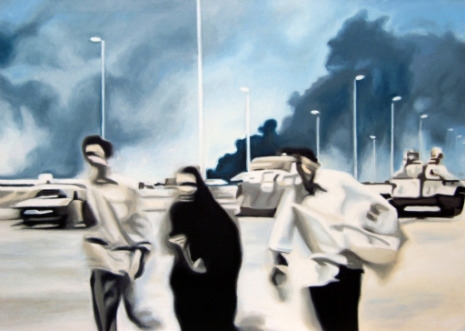
More from Sig Waller’s life and art, after the jump…
Previously on Dangerous Minds
S.I.G. Waller: ‘Our capacity for cruelty and suffering is timeless, as is our ability to look away’

